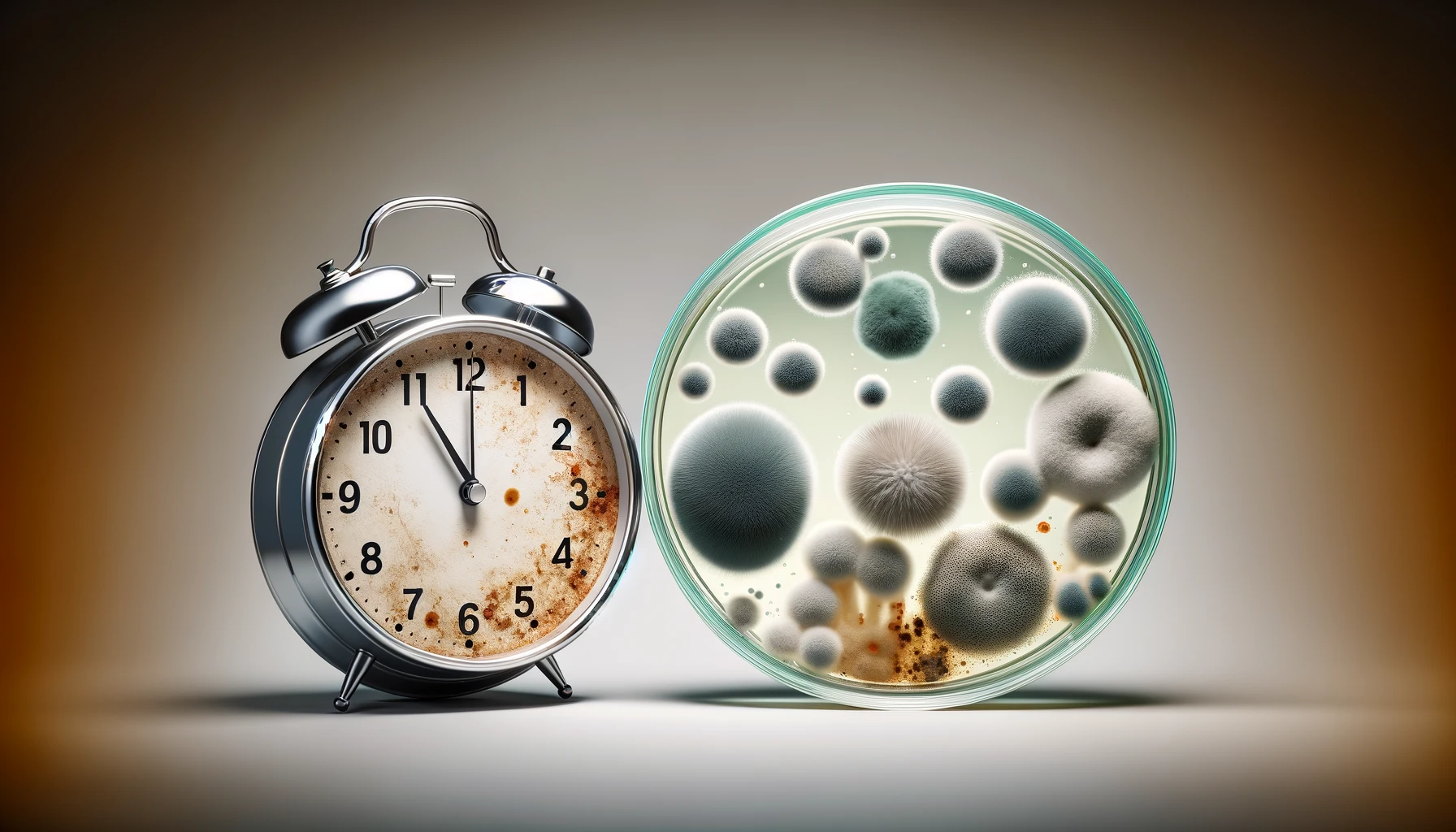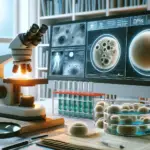No matter where you live, mold is an ever-present risk in homes. Of all the types of mold that can infiltrate a home, black mold has earned its reputation as particularly menacing due to its propensity for causing health complications.
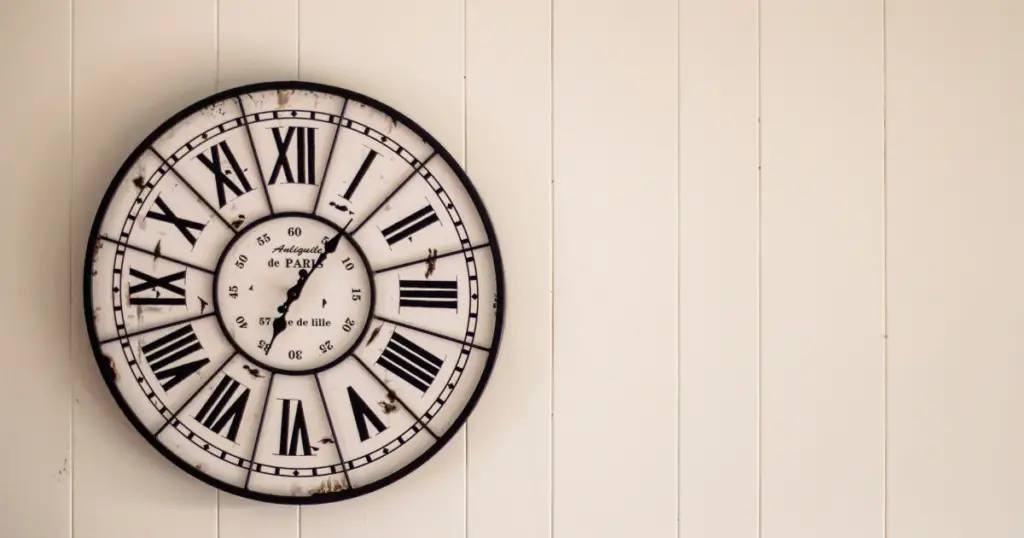
Homeowners need to be aware that too much water, whether from natural flooding or internal plumbing issues, can cause a great deal of destruction. Electronics and appliances may break down beyond repair, while furniture, carpets, clothing, and other household items become severely damaged.
Furthermore, molds may rapidly expand within your home if not addressed immediately, thereby exacerbating the destruction and extending restoration time as well as significantly increasing expenses.
To ensure the precise removal of mold, homeowners must familiarize themselves with what they are dealing with and take applicable action when needed. They should seek professional guidance for assistance in eliminating mold from their home.
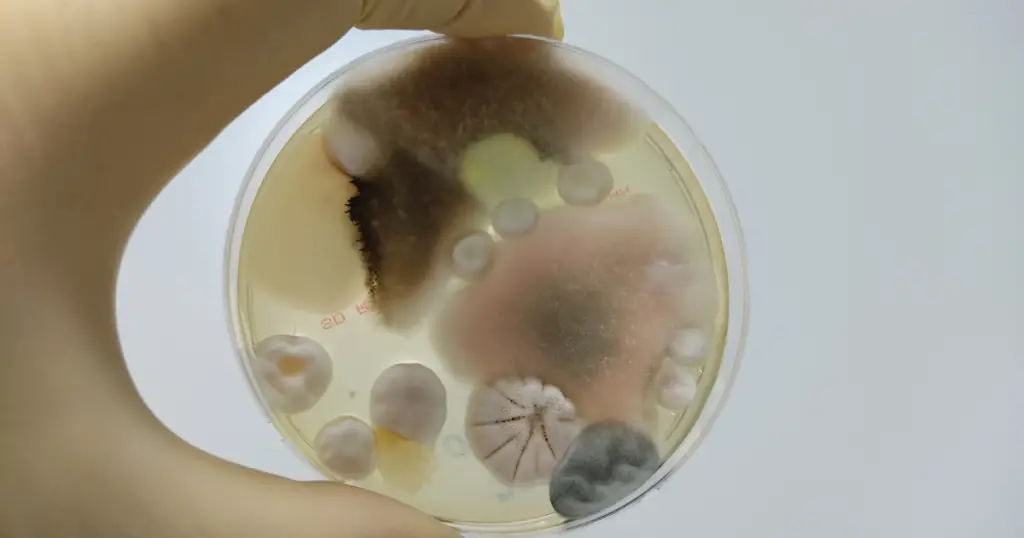
What is Mold?
Mold is a type of fungus that grows in damp and humid environments. It reproduces by releasing microscopic spores into the air. These spores can quickly spread and land on surfaces, where they feed on organic matter and form colonies.
Over time, these mold colonies will continue to grow and produce mycotoxins, which are toxic substances that can cause serious health issues if inhaled or ingested. As the mold continues to break down organic materials, it will cause further damage to the surface it is living on. Therefore, it is important to identify the presence of mold in your home early so that it can be removed promptly.
Most common Mold Types
Mold is a type of fungus that comes in many shapes, sizes and colors. Some of the most common types of mold are:
- Cladosporium – Found both indoors and outdoors, this type of mold usually appears as green or brown spots. It is often associated with respiratory problems when inhaled.
- Penicillium – This type of mold releases substances that can cause allergic reactions and produces an odor that has been described as musty. It can be found growing on damp walls, and fabrics.
- Aspergillus – Commonly found in kitchens, bathrooms and other areas that are prone to moisture, this type of mold can cause allergic reactions such as sneezing, skin irritation and asthma exacerbation.
- Stachybotrys chartarum (also known as black mold) – This type of mold produces mycotoxins, which can be hazardous to human health if inhaled or ingested. It is often found in areas with high levels of moisture and humidity, such as bathrooms, basements, or other wet areas.
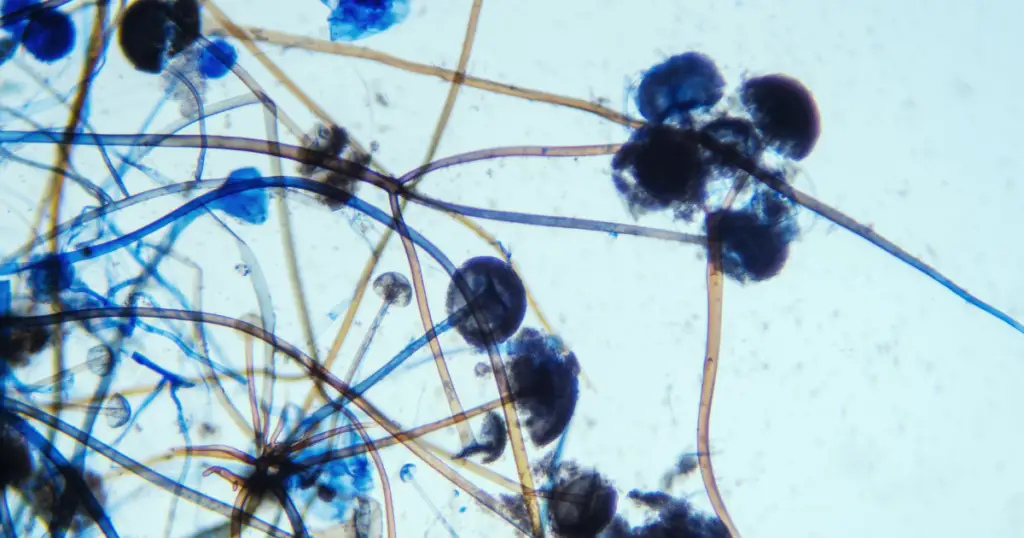
What are Mold Spores?
Mold spores are tiny, airborne particles produced by mold. These spores can spread to different areas of a home or office and cause the growth of new mold colonies. They are invisible to the naked eye and vary in size from 1-30 microns in diameter.
Mold spores can remain dormant for long periods, only becoming active when exposed to moisture or high levels of humidity. Once active, they will release more mold spores into the air which can then be breathed in by humans. Some types of mold produce mycotoxins which are hazardous to human health if inhaled or ingested.
It is important to remove any visible mold promptly, as well as any underlying moisture sources that could contribute to continued growth. This will help prevent further contamination and keep your home free from potentially harmful molds and their associated spores.

Mold Growth
Mold growth occurs when there is an excess of moisture present in a given area. The mold begins to develop and grow when water damage or high levels of humidity provides the ideal environment for it to thrive. Mold needs an organic material, such as wood, drywall, or carpet, to attach itself to and feed from to grow and spread.
As mold grows it produces more spores and spreads throughout the area, often appearing in the form of black spots or patches. If left untreated it can cause further water damage and structural damage to the area as well as create an unhealthy environment. It is important to identify and address any water problems in your home immediately to prevent further growth.

What triggers mold growth?
Mold growth is triggered by excessive moisture in the air and on surfaces. This can be caused by things like water leaks, flooding, condensation buildup, and high humidity levels. Other factors such as poor ventilation or inadequate insulation can also contribute to mold growth.
Excess Moisture
The most common cause of mold growth is excess moisture in the air or on surfaces. This could be caused by a water leak, flooding, condensation buildup, high humidity levels, and even poor ventilation or insulation. It’s important to identify any sources of excessive moisture in your home and address them promptly to prevent further mold growth.
Inadequate Insulation
Insufficient insulation can also contribute to mold growth by allowing moisture in the air to accumulate on surfaces. This is because warm, humid air will condense when it comes into contact with colder surfaces such as windows and walls. It’s important to ensure your home has adequate insulation to reduce the risk of its growth.
Humidity
High humidity can also increase the risk of mold growth. Humidity levels should remain between 30-50% indoors, so it’s important to monitor your home and install a dehumidifier if needed. This will help prevent the accumulation of moisture on surfaces and reduce the risk of mold growth.
Poor Ventilation
Poor ventilation can also contribute to mold growth by trapping moisture in the air. Ensure there is adequate ventilation throughout your home and open windows or doors regularly to allow for fresh air circulation. This will help reduce the risk of mold by allowing any excess moisture in the air to escape.
Optimal Temperature
Mold generally prefers warm and damp environments, so it is important to keep the ambient temperature of your home below 70°F. This will help reduce the risk of its growth by making it more difficult for them to survive in your environment.
How fast can mold grow?
Mold can grow rapidly depending on the moisture and temperature levels of the environment. It typically takes 1-2 days for mold to first appear, and can grow quickly thereafter if the conditions are favorable. The exact rate of growth depends on the type of mold present, but most molds can double their population in 24 to 48 hours when given ideal conditions.
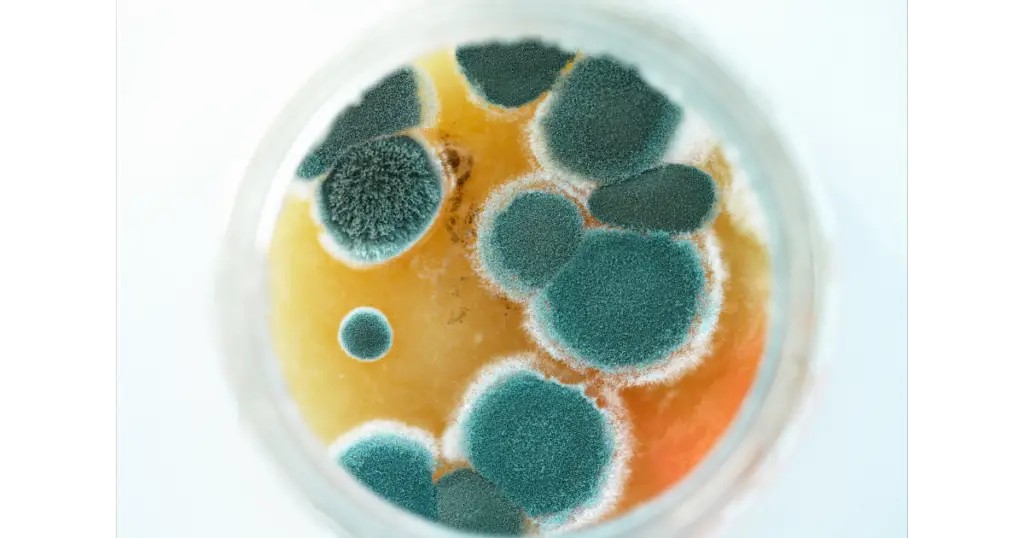
Does mold spread quickly?
In just a few hours, mold can begin to propagate. As soon as one of these spores makes contact with a moist organic material, they take root and grow by feeding off the surrounding medium. Soon afterward, they start expanding into other damp spots nearby; weakening the structure of whatever surface they have clung onto in the process.
When spores begin to take root on a surface in your home, it immediately fills the air with thousands of spores that disperse throughout the building – exponentially multiplying and infiltrating more areas as time goes by.
How to prevent mold growth after water damage?
To prevent mold to grow after water damage, it is important to:
- Clean up any standing water promptly;
- Dry the affected area thoroughly;
- Repair any leaks or areas with high humidity quickly;
- Eliminate any affected surfaces;
- Open windows and doors for air flow;
- Monitor moisture levels in the living areas and take action if they become too high.
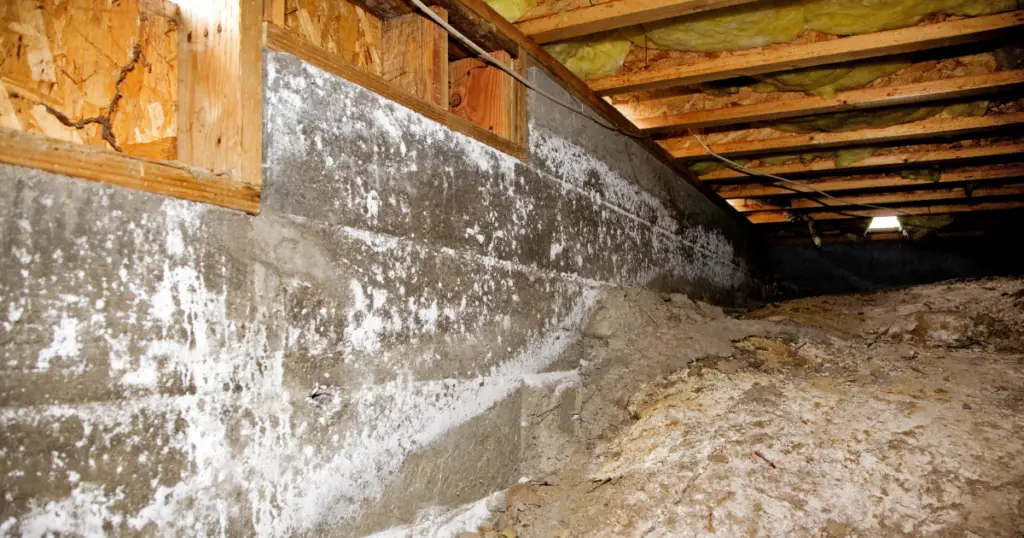
Damages caused By Mold
Mold has the potential to cause significant damage to both your property and your health. Over time, it can weaken the structure of a building by causing rot and decay. It can also release volatile organic compounds (VOCs) into the air that can lead to respiratory problems such as asthma or allergies.
Additionally, mold can lead to mental health issues such as depression or anxiety, as well as financial losses in the form of repair costs and medical bills. Therefore, it is important to take proactive measures to prevent mold in your home.
How Dangerous Is Black Mold?
Black mold can be especially dangerous as it produces toxins, called mycotoxins, that are hazardous to human health. Inhaling or touching these toxins can cause serious respiratory issues, skin irritation, and even illness.
To prevent exposure to black mold, it is important take action if any leaks or high humidity appear, and extract excess water quickly.

Health Problems Related to Mold
Allergic reaction to mold is the most common health problem linked to mold exposure. Symptoms include sneezing, runny nose, itchy eyes and skin irritation. People with asthma or existing respiratory conditions may have more serious reactions to its exposure.
In some cases, people who are exposed to large amounts of mold or whose immune system is compromised may be at risk for developing mold-related infections including Aspergillosis and Histoplasmosis.
These infections start developing when airborne spores from molds enter the lungs while breathing. In rare cases, these infections can spread throughout the body and cause severe systemic illnesses such as fever and fatigue.
If you notice visible mold growth it is important to take action quickly to prevent additional health risks associated with its presence.
How Can I Prevent Mold?
To prevent mold from growing, it is important to keep the indoor air flowing by using fans and opening windows. It is also important to inspect your home regularly for signs of mold growth, such as a musty odor or discolored spots.
To further inhibit mold growth, maintain optimal temperatures and avoid high humidity levels in your home. Additionally, you should clean porous surfaces such as carpets and furniture regularly with mild detergent and warm water to reduce the chances of mold spores taking root.
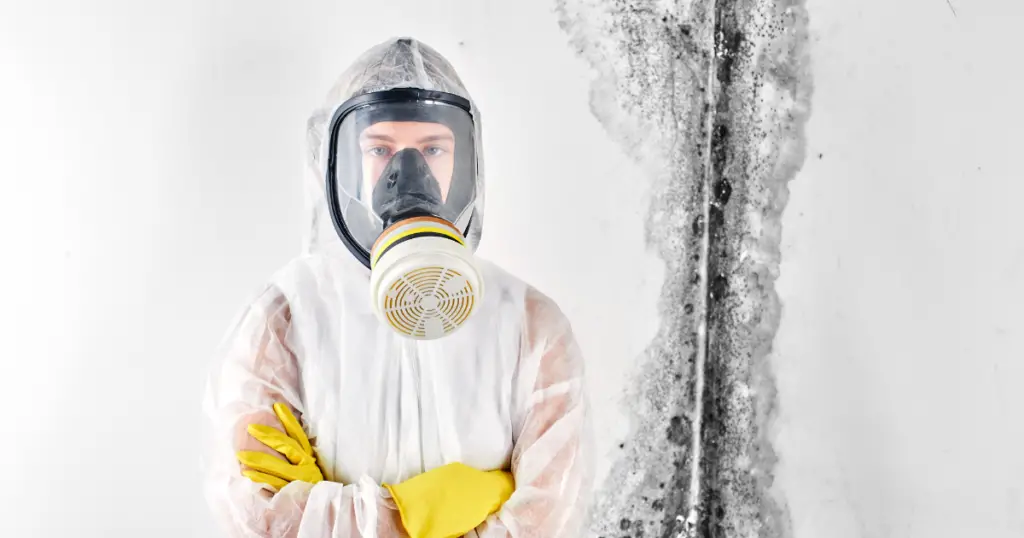
Professional Mold Remediation
Professional mold remediation is a process that removes mold from a home or other building and restores the structure to its original condition.
The process begins with an assessment of the extent of the problem and determining the best course of action for removal. It is important to act quickly, as it starts growing quickly and causes damage to surfaces as well as compromises the structural integrity of walls, ceilings, and other parts of a structure.
The first step in professional mold remediation is identifying the source of the infestation and any affected areas. This is usually done by spotting visible signs such as discoloration on organic surfaces or a smelling musty odor. Professional help should be sought if you notice mold infestation or if you are unable to find and remove all sources yourself.
Once an area has been identified, it must be contained to prevent further spreading before it can be removed. This involves setting up physical barriers like plastic sheeting around the affected space and sealing off access points such as vents or windows. Any objects within the containment area should also be covered to prevent contamination while they are being removed.
Afterward, professionals in mold removal will use specialized cleaning agents to clean surfaces with high concentrations of mold to eliminate all visible traces. Next, any porous materials which have become affected—such as insulation—must be replaced throughout the contaminated area, along with any adjacent living spaces where spores may have traveled through air ducts or other ventilation systems.
Finally, the restoration process includes painting walls or replacing carpets which may need to take place for a residence to return to normal living conditions.
[/et_pb_text][/et_pb_column][/et_pb_row][/et_pb_section]
